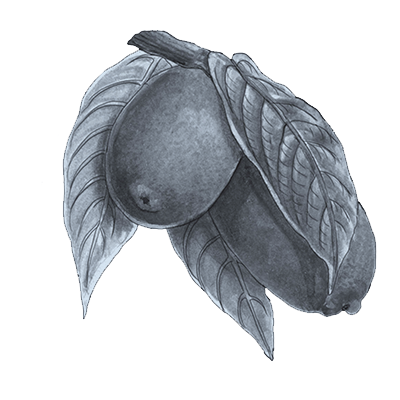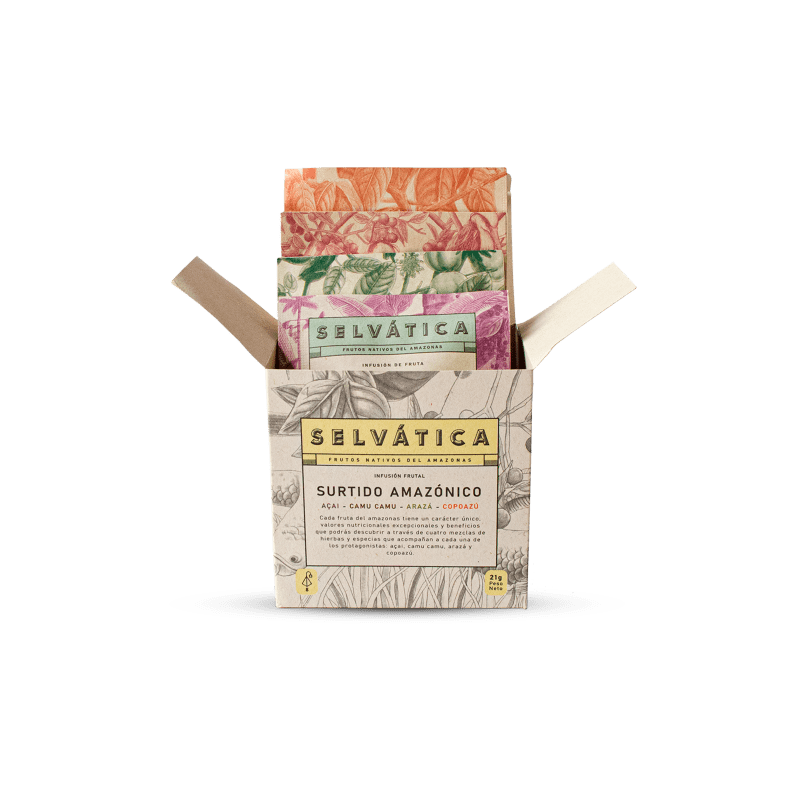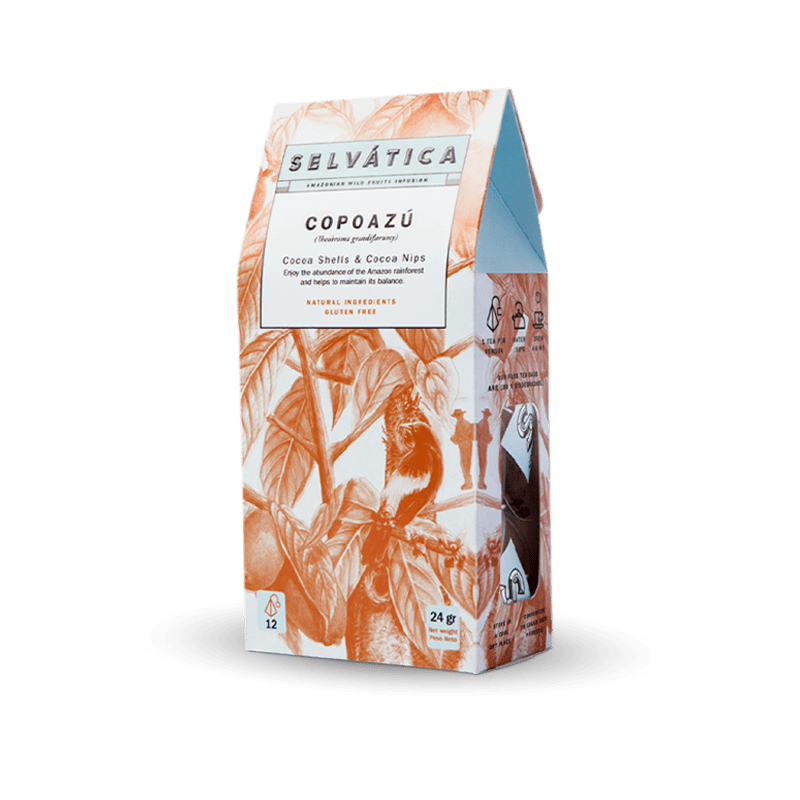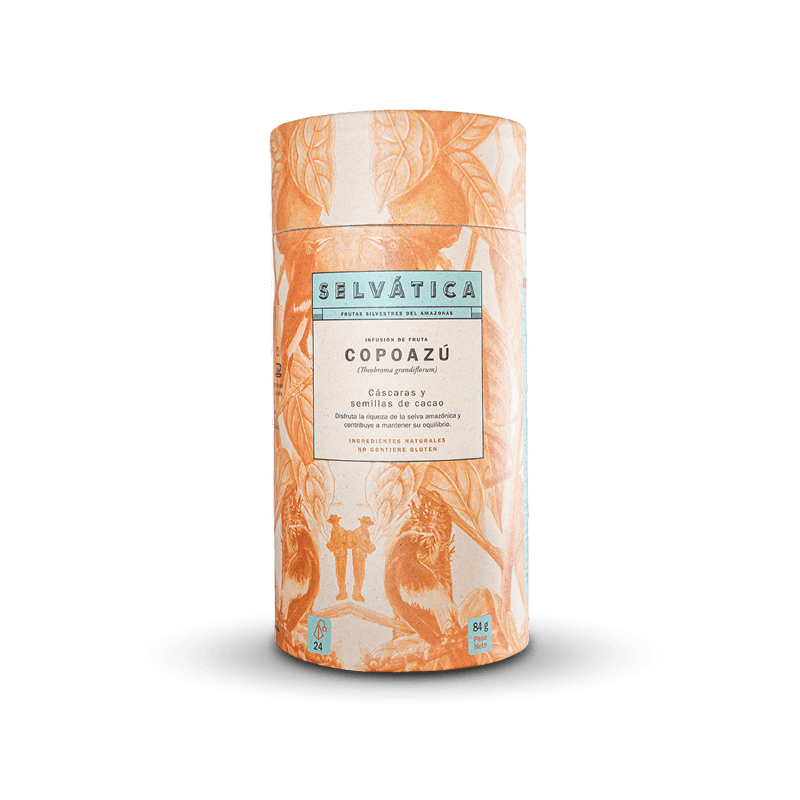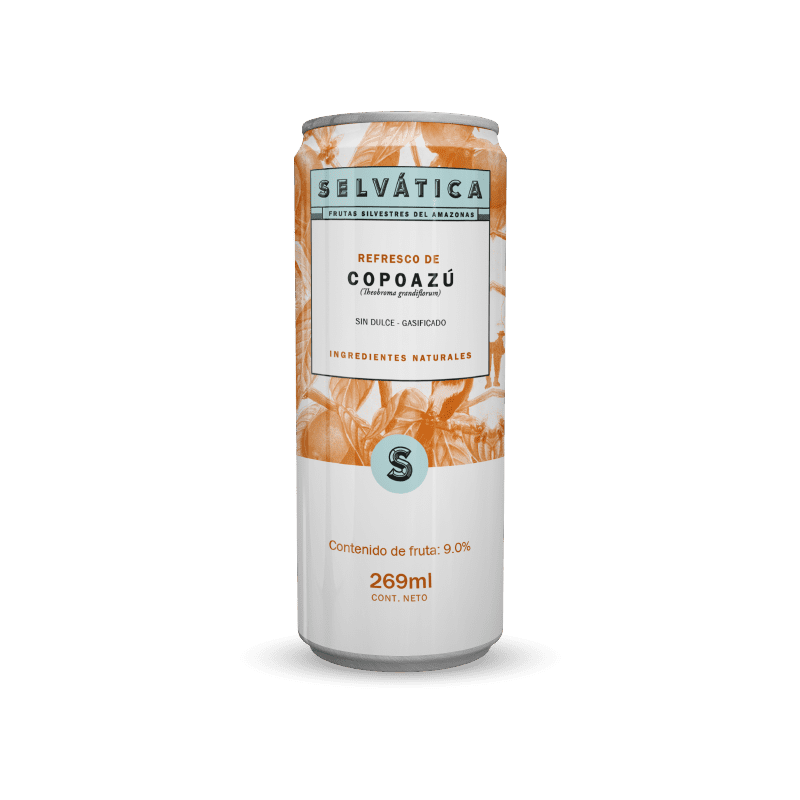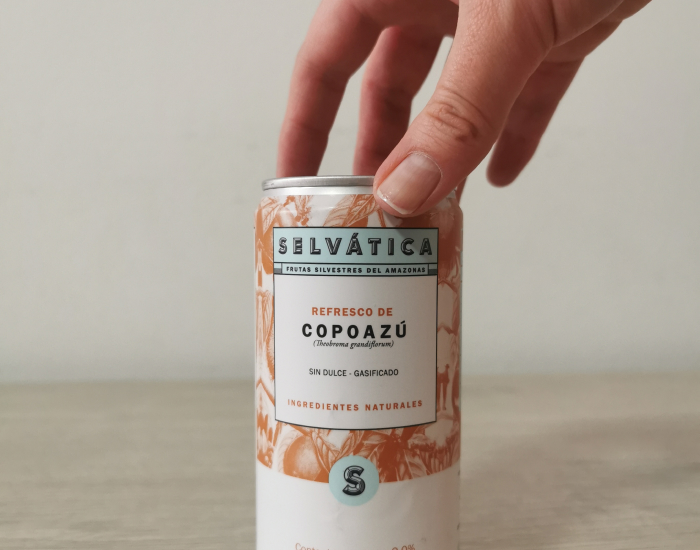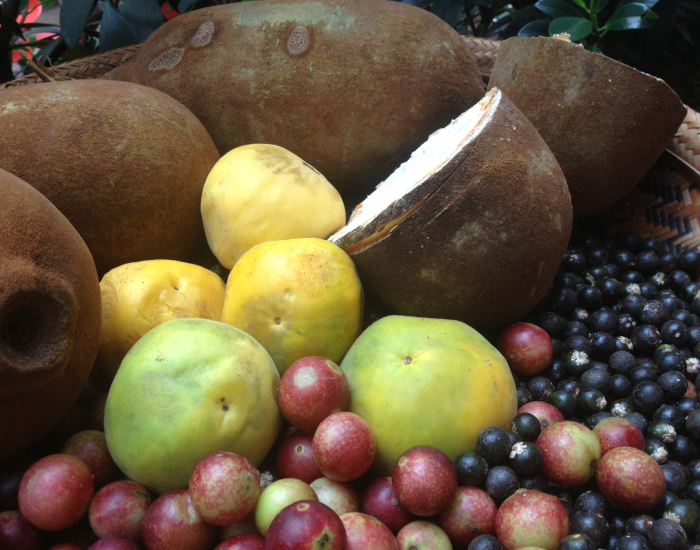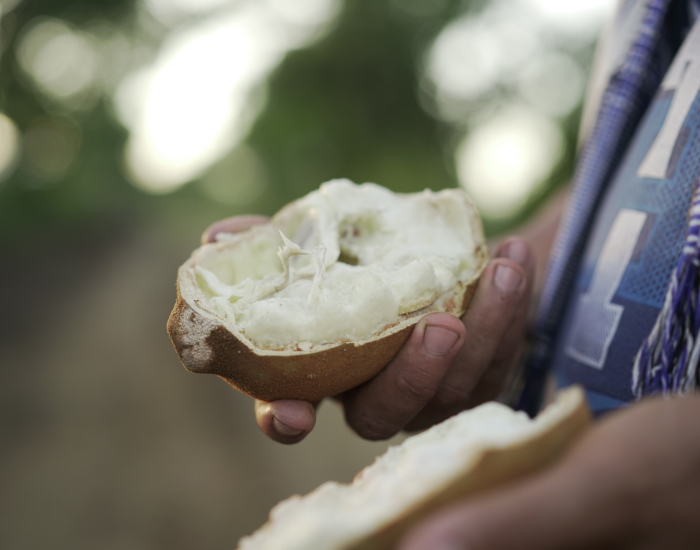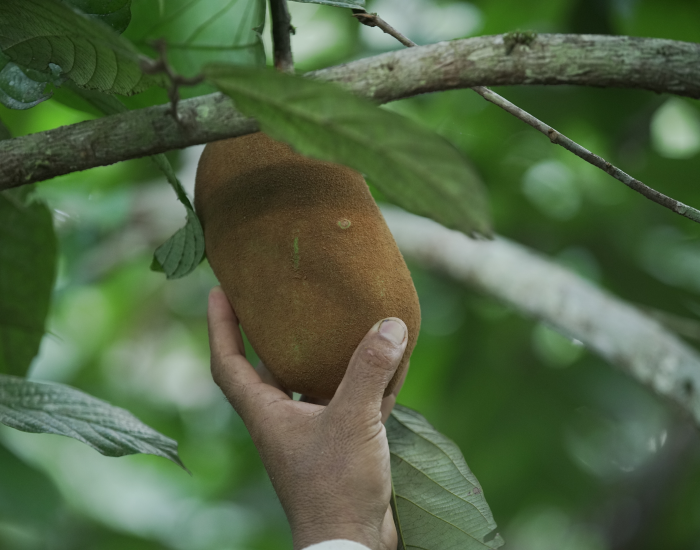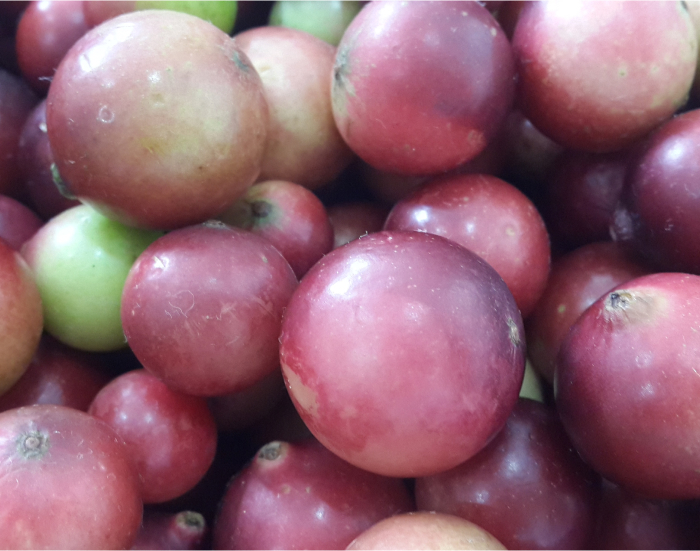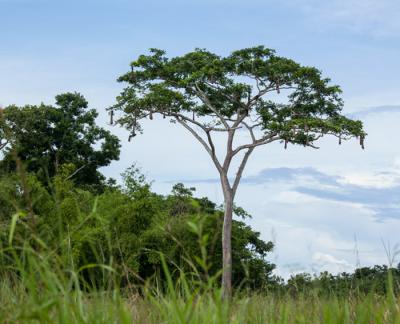Nutritional Facts
| Nutrient | Unit | Value | %DV/ 100g FRUIT |
|---|---|---|---|
| Energy / Calories | Kcal | 284.90 | 14.20% |
| Total Fast | g | 3.60 | 5.50% |
| Max. Sodium | mg | 2.20 | 0.10% |
| Carbohidratos | g | 52.30 | 17.40% |
| Fiber | g | 16 | 63.80% |
| Proteinas | g | 10.90 | 21.90% |
| Calcio | mg | 6.10 | 0.60% |
| Iron | mg | 2.00 | 11.30% |
| Magnesio | mg | 30.00 | 7.50% |
| Zinc | mg | 0.50 | 3.60% |
| Cooper | mg | 0.30 | 16.50% |
| Potasium | mg | 193.40 | 5.50% |
| Manganesium | mg | 0.80 | 38.40% |
| VitC | mg | 9.20 | 28.90% |
Properties
- Antioxidants
- Vitamina C
- Vitamina A
- Calcium
- Potassium
- Phosphorus
- Magnesium
Benefits
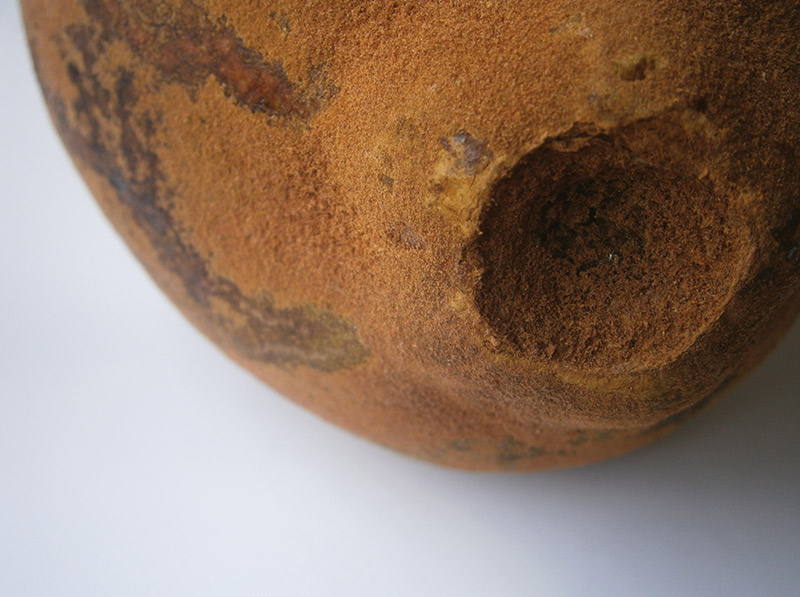
Because of its high number of antioxidants (as the antocianins and flavonoids), its ingestion brings important benefits for the health.
Strengthen the cardial function as the flavonoids has shown to:
- Improves the arterial pressure
- Keeps the veins, arteries and blood vessels strong and flexible
- Keeps a free flux for the blood circulation
- Its high amount of Pectin eliminates the toxic waste inside the body.
Harvest Season
Ene
Feb
Mar
Abr
May
Jun
Jul
Ago
Sep
Oct
Nov
Dic
Uses and Applications
the use of its almond it’s a great chocolate substitution, the use of manure from its shell makes it a nutritious product for the earth and causes a low-environmental impact as its decomposition doesn’t create any kind of air pollution.
Origins
Agroforest crops in southern department of Caquetá, Colombian Amazon Region.
Communities
Farmer and producer’s association from the Caqueta and Guaviare department

